Advertising on LinkedIn has become one of the most effective ways to reach decision-makers, professionals, and B2B prospects. But there’s a less-talked-about flip side to this seemingly golden opportunity. As soon as you launch a LinkedIn ad campaign, you may find yourself not just attracting leads—but also attracting opportunists. You go in as the hunter, aiming to land new clients. But suddenly, you’re the hunted, with a swarm of flattering comments and connection requests from people who aren’t looking to buy, but to sell—to you. It’s a subtle shift in dynamic that can derail your strategy if you don’t see it for what it is. Let’s unpack why this happens, how to recognize it, and how to course-correct to get the ROI you’re actually after.
Understanding the Hidden Dynamics of LinkedIn Ads
LinkedIn is a professional networking platform, but it’s also a marketplace—one where everyone is selling something. When you advertise, you’re signaling that you have a budget and a business worth marketing. That makes you a magnet not only for potential clients, but also for other service providers who see your ad not as an offer to buy, but as an opportunity to sell. They see your visibility and assume you’re in growth mode, which to them means “open for business”—theirs, not yours.
The flattery starts almost immediately. Comments like “Brilliant strategy!” or “Love your approach—let’s connect!” may feel like validation, but often they’re calculated. These individuals are not engaging with your content because they’re interested in becoming your customer—they’re trying to warm you up for a sales pitch. That’s the bait. The switch comes in your DMs a few days later with a message that starts with “I’ve been following your work and think we could collaborate…”
This isn’t inherently malicious—it’s just how LinkedIn works when incentives are misaligned. But if your goal is to generate qualified leads and real prospects, then you need to recognize when your campaign is attracting fellow hunters instead of genuine buyers. Otherwise, you’ll waste time fielding pitches from people who have no intention of doing business with you—only with your wallet.
How to Spot Engagements With Hidden Agendas
One of the first red flags is the overly generic compliment. If someone comments “Amazing insight!” or “So needed right now!” without referencing anything specific in your content, they probably didn’t read it. They’re fishing for your attention, not engaging with your value. Real prospects will ask thoughtful questions or share how your post relates to their challenges. Opportunists will just toss a heart-eye emoji and move on to their pitch.
Another telltale sign is the timing and tone of connection messages. If someone connects with you immediately after you launch a campaign and their message starts with “Saw your ad and was impressed,” be cautious. Especially if the next sentences pivot to what they do and how they can help you “scale” or “optimize.” These people are leveraging your ad exposure as a lead magnet—for themselves.
Also, pay attention to engagement patterns. If you notice a spike in likes and comments from profiles that all seem to be in marketing, lead gen, or consulting, you’re probably not reaching your target audience. You’re reaching peers in the same ecosystem who are simply using your visibility as a springboard for their own outreach. It’s a form of digital parasitism—polite, professional, but ultimately misaligned with your goals.
Strategies to Attract Genuine Business Prospects
First, tighten your targeting. Don’t just aim for job titles—think about company size, industry, buying authority, and even geography. Use LinkedIn’s matched audiences or upload your own list of qualified leads. The more precise your targeting, the less likely your ad will be seen by people who are just there to pitch to you. This is not the time to cast a wide net—it’s the time to use a spear.
Second, craft your creative to repel as much as it attracts. That means being explicit about who your offering is for—and who it’s not for. If you’re offering a solution for mid-sized SaaS companies, say that. If your service is designed for in-house marketing teams, make it clear it’s not for freelancers or agencies. This kind of positioning acts as a filter, discouraging the wrong kind of attention while drawing in your true audience.
Finally, follow up with intent. When someone engages with your ad, don’t immediately accept every connection request. Vet them. Look at their profile, their activity, and their intent. Send a message asking what caught their attention about the ad. Real prospects will respond with specifics. Opportunists will either ghost you or pivot to their own pitch. Let that be your filter. You’re not being rude—you’re protecting your pipeline.
LinkedIn advertising can be a powerful tool for growth, but only if you stay in control of the narrative. The moment you go live with a campaign, you’re broadcasting more than just your message—you’re broadcasting your budget, your intent, and your openness to new relationships. That attracts both opportunity and opportunists. The key is discernment. Recognize when someone is flattering you to sell to you, not buy from you. Use targeting, messaging, and intentional follow-up to ensure your efforts are attracting real leads, not distractions. Because at the end of the day, you’re there to grow your business—not someone else’s.































